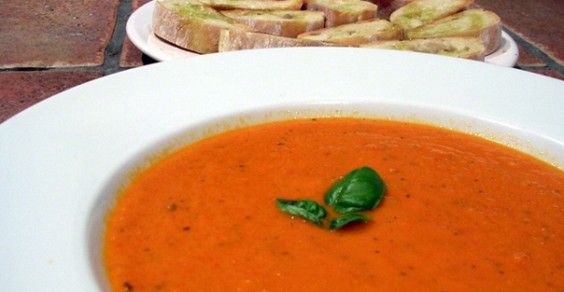The more we eat, the fuller we feel, right? Not always, say researchers from the University of Bristol. According to the results of their study, how satiated we feel a few hours after eating depends not on how much we actually consumed but on how much we think we gobbled down.
The Study
Yes, “soup for you.” Researchers divided 100 participants into four different groups of soup-eaters. Half saw a picture of 500 ml of soup (about the size of a bowl) and half saw an image of 300 ml (about the size of a cup). At lunchtime, everyone got to slurp, but researchers sneakily manipulated the amount of soup in everyone’s bowls using a hidden pump. Some ate 500 ml and some ate 300 ml, but no one was told exactly how much they were consuming.
Immediately after lunch, the researchers asked participants how full they felt and, sure enough, those who had eaten more soup said they felt fuller. But, when the scientists asked again two and three hours later, the tables had turned. Those who had seen the bigger portion of soup said they felt fuller than those who had seen the smaller portion.
A full day later, the researchers asked participants how filling they thought the soup would be when they ate it again. Those who’d seen the bigger-size soup picture were prepared to be stuffed, while those who’d seen the smaller size didn’t think the soup would be quite as satiating. The participants’ answers had little to do with how much they’d actually eaten. Researchers concluded that how full the subjects felt depended on how much they remembered scarfing down.
Can We Trust It?
Likely. This research isn’t the first to suggest that something other than chowing down influences perceived fullness. One study found when people took a few minutes to think about what they’d eaten that day, they ate less than people who just started munching. Other studies have found people depend more on visual cues (like the size of a bowl) than on their stomachs to know how much they’re eating
But just remembering how much you ate today isn’t a surefire way to eat less and lose weight. Instead, these findings can serve as a reminder to be mindful while eating so we’re more likely to remember scarfing down a box of Oreos — and maybe not scarf down those Oreos in the first place.
The Takeaway
How much we think we ate can predict how full we feel a few hours later. So try to pay attention while chowing down to avoid the “how many burgers did I eat before?” situation later that night.
Do you think imagining eating a bigger meal could make you feel fuller later? Or is this idea plain ridiculous? Share your thoughts in the comments below or tweet the author directly @ShanaDLebowitz.

